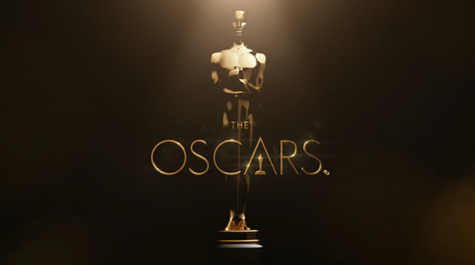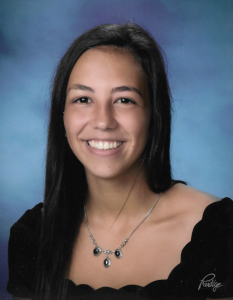Oscars create new inclusivity plans
Sep 24, 2020
After years of calls for increased efforts to promote diversity, the Academy of Motion Picture Arts and Sciences announced new standards for representation in the Academy Awards. Better known as the Oscars, the yearly ceremony is one of the biggest events of the American entertainment awards season.
In a statement released Sept. 8, the new standards were described as being “designed to encourage equitable representation on- and off-screen in order to better reflect the diversity of the movie-going audience.”
The new standards were modeled after the British Film Institute’s diversity standards, used in the British Academy of Film and Television Awards. Known as the BAFTAs, they are Great Britain’s most prestigious film awards.
Beginning with the 96th Oscars, the Aperture 2025 Initiative will begin and movies in the Best Picture category will be required to meet two of the four newly introduced criteria. The criteria will not apply to films competing in other categories. 
Broken down into Standards A to D, the new requirements include greater representation of underrepresented groups, including ethnic and racial groups, women, members of the LGBTQ+ community and those with physical or cognitive disabilities and those who are deaf or partially deaf or hard of hearing.
Standard A concerns the cast and storyline. By 2024, the lead actors, supporting actors and general cast must include members of historically underrepresented groups, and the plot and subject matter must be centered on an underrepresented group.
The second standard, Standard B, centers around the film’s creative leadership and production team. Two members of creative leadership, such as the casting director, costume designer or writer must be from underrepresented groups by 2024. Additionally, six crew members must be from racially or ethnically diverse groups.
Standard C requires films to increase opportunities for members of underrepresented populations in their paid apprenticeship and internship roles, as well as in training opportunities for their crew. The final standard calls for increased inclusivity in the film’s marketing, publicity and public relations teams.
These new criteria are part of the Academy’s Aperture 2025 initiative to foster diversity in not only the Oscar awards but the entire film and entertainment industry. Other measures will include training to recognize unconscious bias for leaders and members of the Academy, maximum term limits for the board of governors and panels on diversity with members of the Academy and the public.
“The aperture must widen to reflect our diverse global population in both the creation of motion pictures and in the audiences who connect with them,” said Academy President Dave Rubin and CEO Dawn Hudson in the Academy’s statement. “We believe these inclusion standards will be a catalyst for long-lasting, essential change in our industry.”
Public reaction to the new standards has been mixed. While many believe these moves are a step in the right direction, others feel they are not enough to promote inclusivity and diversity. Regardless, these steps show that society is becoming increasingly aware of the need for diversity in the entertainment industry, and many remain hopeful these changes are an indication of more to come.












Rose Brown • Nov 12, 2020 at 3:53 pm
Much more depth than the writing in the Gambit! A pleasure to see your name as a byline again!